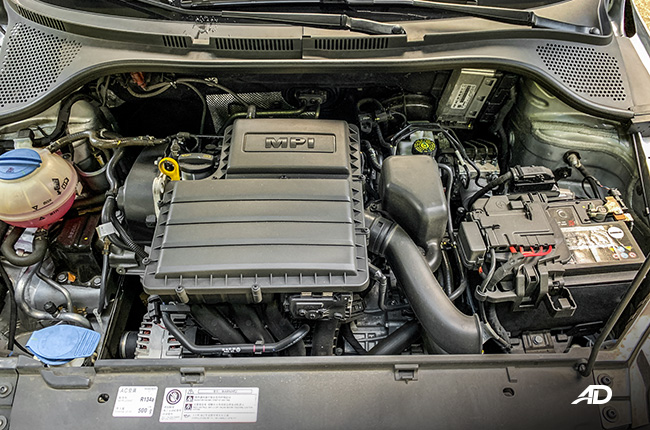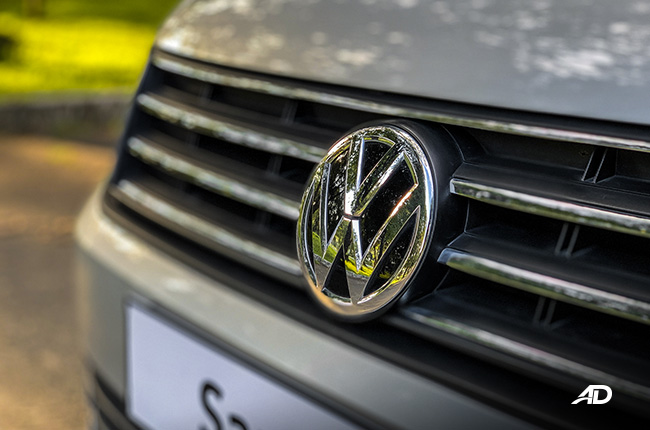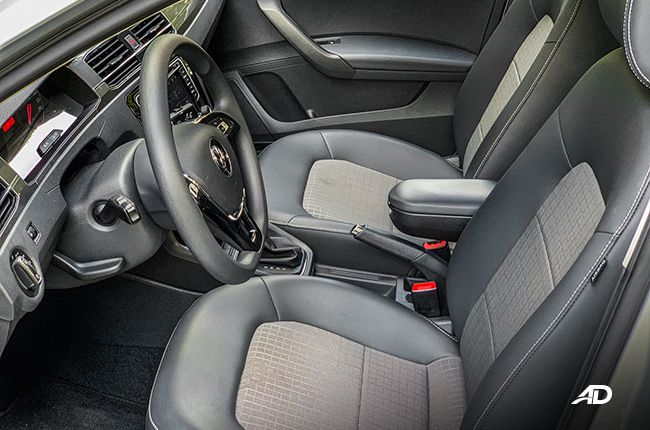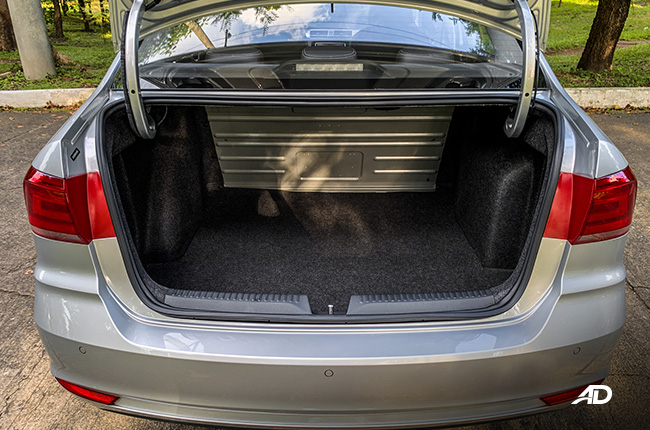
Filipino car buyers who are looking for a vehicle with a small footprint are pretty much spoilt for choice. Almost every car brand has its own subcompact contender, plus the fact that newer names in the market offer at par, if not better, feature set than segment veterans just made car-shopping a lot harder.
From small sedans and hatchbacks, differing tastes and needs have their places, but the Volkswagen Santana is one of those that could cater to a wide spectrum. How so? Here’s a list of things that make the Santana a cut above the rest of subcompact cars in the Philippine market today.
Its design doesn't grow old with time.

Volkswagen’s design is uncomplicated and unadorned. But simple isn’t a bad thing, especially if you’ll think ahead and consider how your car will look after 5 to 10 years.
In this regard, the Volkswagen Santana’s straight lines and subdued styling will definitely stand the test of time. With proper care and maintenance, your VW would still look fresh and classy, unfazed by global trends. Ever wondered why the Beetle retained its shape throughout its 81-year lifespan?
It has a spacious cabin, perfect for Filipinos.
The Santana is a small sedan, but its cabin space doesn’t look and feel like one. With all the small cars we’ve tested, the Santana was among the biggest when it comes to leg-, head-, and wiggle-room. It could sit five people – given that each of the passengers is of the average Filipino size.
Moreover, the Santana’s trunk space is one of the biggest in its class. It can accommodate a two-fold standard-sized child stroller and two months worth of groceries, all at the same time. With that, space, whether for your passengers or your luggage, won’t be compromised with the car’s compact size.
For its price, the Santana is already tech-filled.

The top-spec Santana SE AT comes in at P962,000 (with a P10,000 cash discount until the end of March 2020), with the option to add a touchscreen Blaupunkt infotainment system (with offline navigation) for a P31,000 premium. At this price, the VW sedan already comes with cruise control – a feature that you’ll rarely see in this class.
Another endemic toy in the Santana is the Auto Start/Stop feature that kills the engine whenever the car comes at a full stop. This feature, which is normally found on pricier cars, provides around 15% savings in fuel consumption – a nice feature to have especially in these times of erratic fuel prices.
It isn’t costly to maintain.

Here in the Philippines, there’s a common misconception that Volkswagen cars are costly to maintain. The company, however, does things differently in terms of its regular preventive maintenance service (PMS) schedule for the Santana.
Instead of the usual 5,000-kilometer PMS, which meant several dealership visits annually, VW Philippines only requires you to bring in your Santana once a year, or every 10,000 kilometers, whichever comes first. Fewer trips to the casa, less money to shell out.
It comes with Volkswagen Philippines’ several warranties.

Cars in the Philippines come standard with a 3-year warranty of 100,000 km, whichever comes first. The Volkswagen Santana begs to differ with an additional 3-year warranty for the paint and another 3-year for thorough-corrosion of the main steel body structure. Talk about brand confidence.
Even better, your Santana also comes in with a free 24/7 roadside assistance for one year – something that isn’t offered by other car brands.
_________________________________________________________________
Latest Features
-
The 6 things every Ford Ranger must pass before it leaves the factory / Featured Article
Every Ford Ranger, from the base model to the Ranger Raptor, goes through a full inspection process before it leaves the factory. This includes six steps that make sure it’s ready to drive a...
-
Which GAC AION EV is best for your everyday lifestyle? / Featured Article
The GAC AION lineup has something for everyone, maybe you're after space, speed, or just a smooth city drive. Here's a quick breakdown of which model might work best for your day-to-day life...
-
The AutoDeal Awards 2024: Celebrating excellence in the auto Industry / Featured Article
The AutoDeal Awards 2024: Celebrating excellence in the auto Industry
Popular Articles
-
Cheapest cars under P700,000 in the Philippines
Jerome Tresvalles · Sep 02, 2024
-
First car or next car, the Ford EcoSport is a tough package to beat
Jun 18, 2021
-
Car Maintenance checklist and guide – here’s everything you need to know
Earl Lee · Jan 12, 2021
-
Most fuel efficient family cars in the Philippines
Bryan Aaron Rivera · Nov 27, 2020
-
2021 Geely Okavango — Everything you need to know
Joey Deriquito · Nov 19, 2020
-
Family cars in the Philippines with the biggest trunks
Sep 20, 2023
-
Head to head: Toyota Rush vs. Suzuki XL7
Joey Deriquito · Oct 28, 2020
-
Why oil changes are important for your car
Earl Lee · Nov 10, 2020
-
2021 Kia Stonic — What you need to know about it
Joey Deriquito · Oct 16, 2020
-
Top 7 tips for buying a used car in the Philippines
Joey Deriquito · Nov 26, 2020







